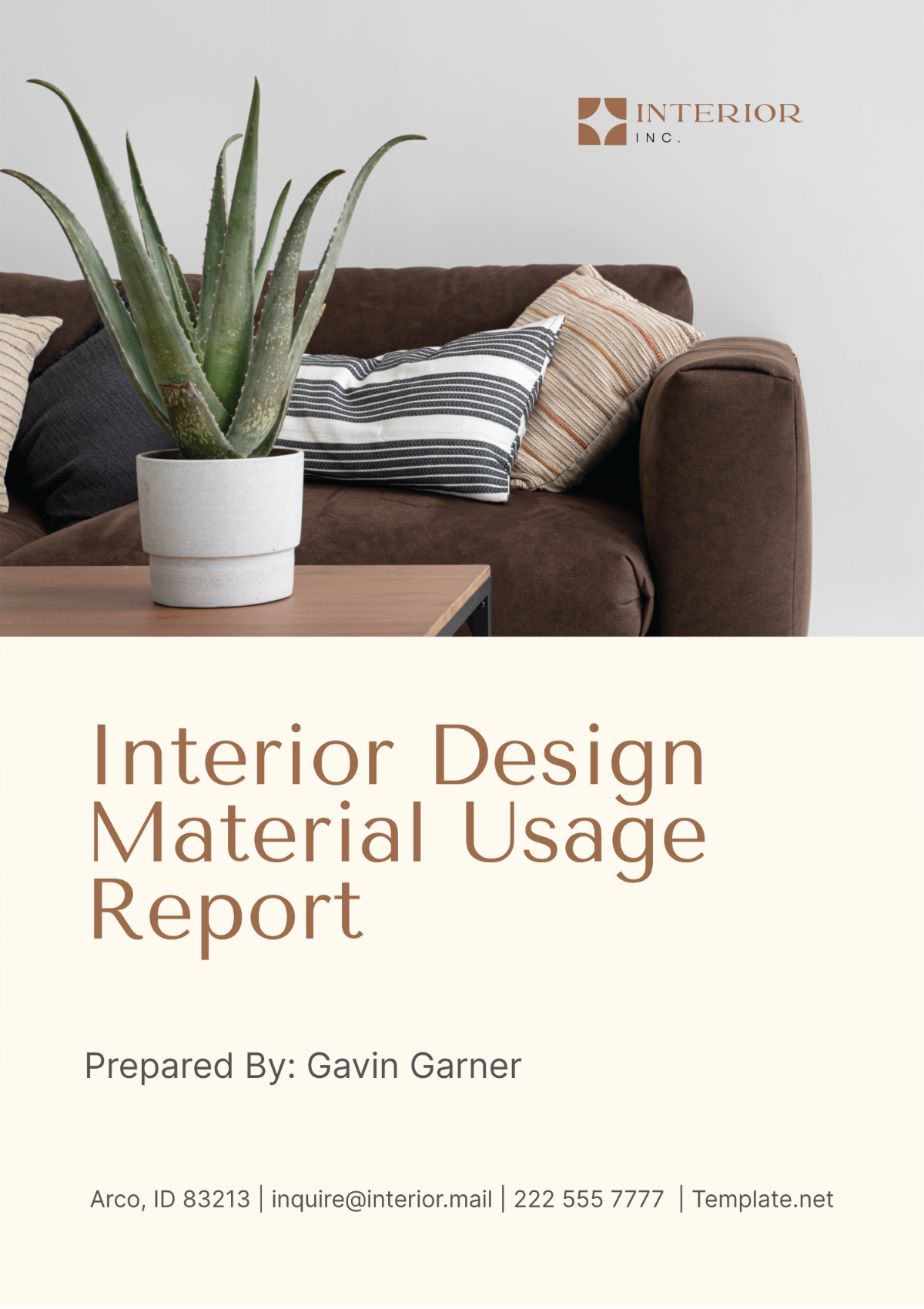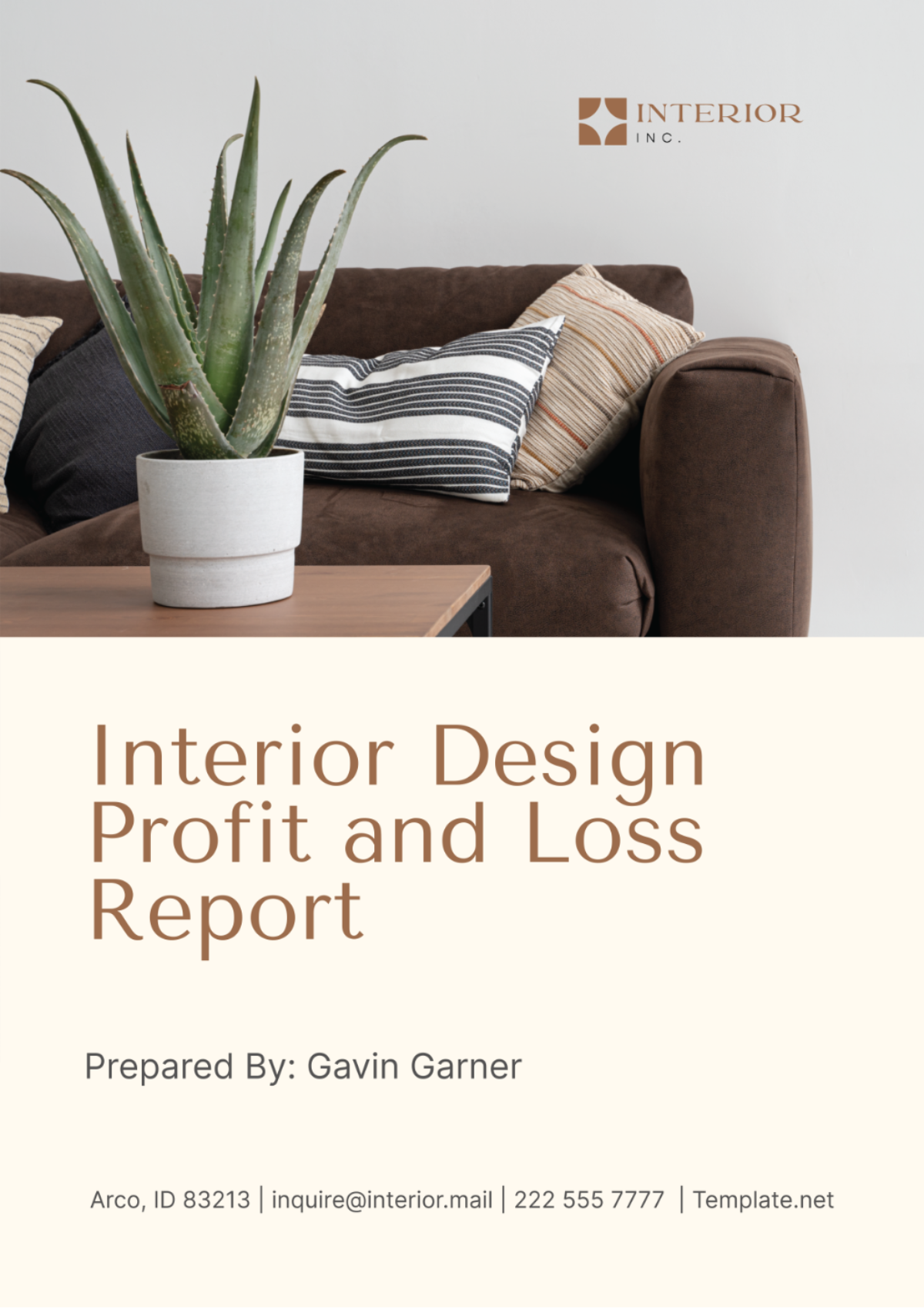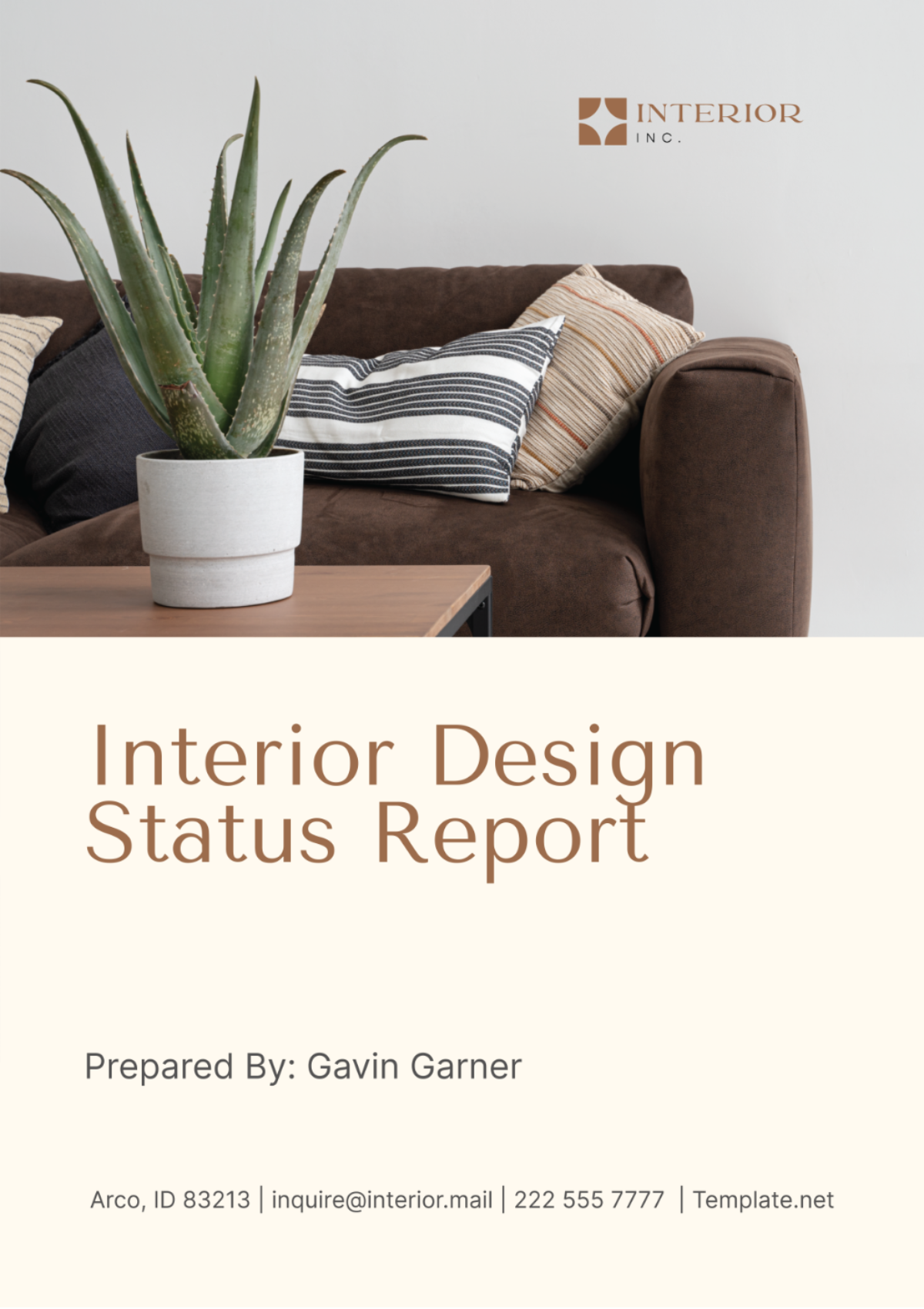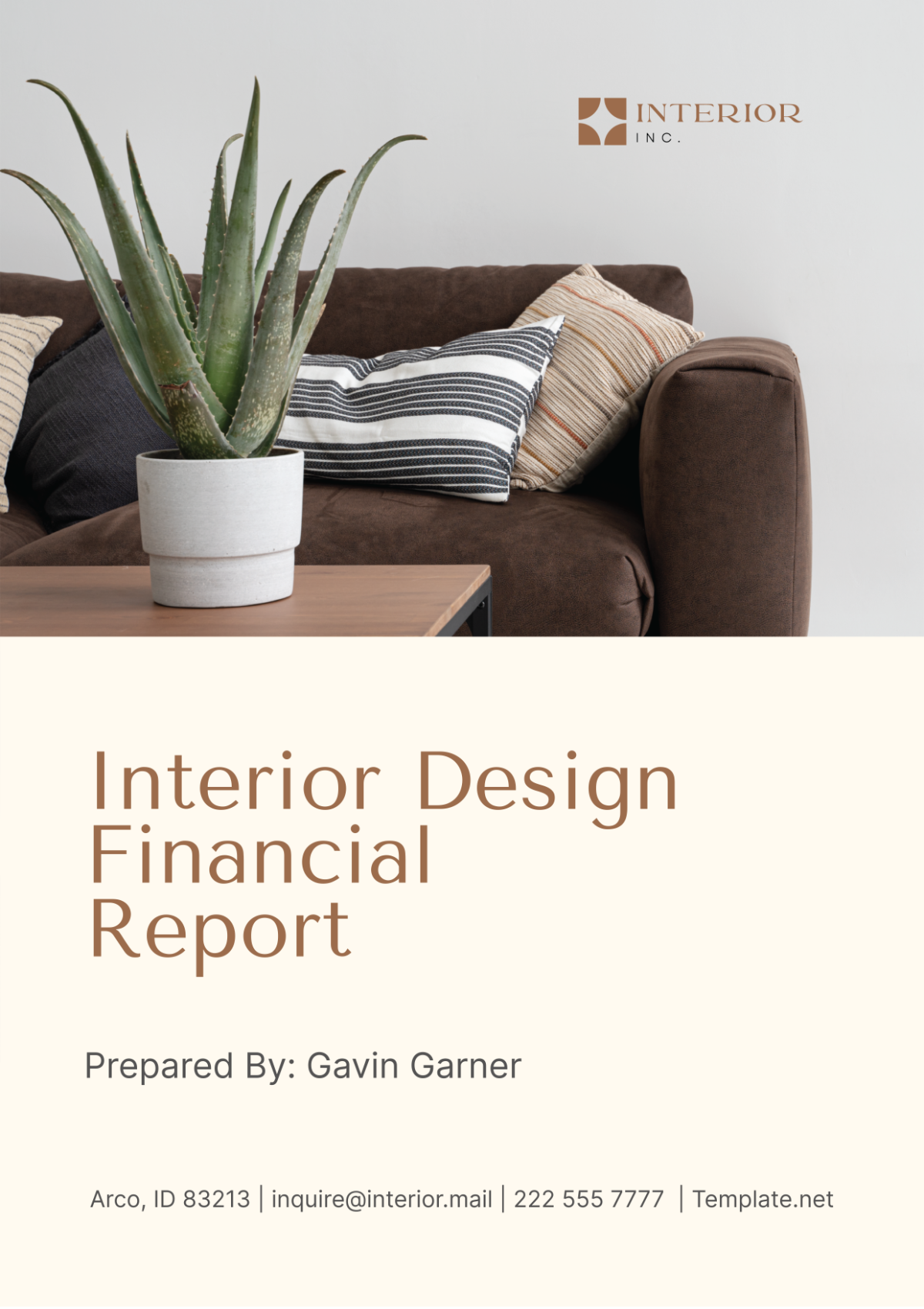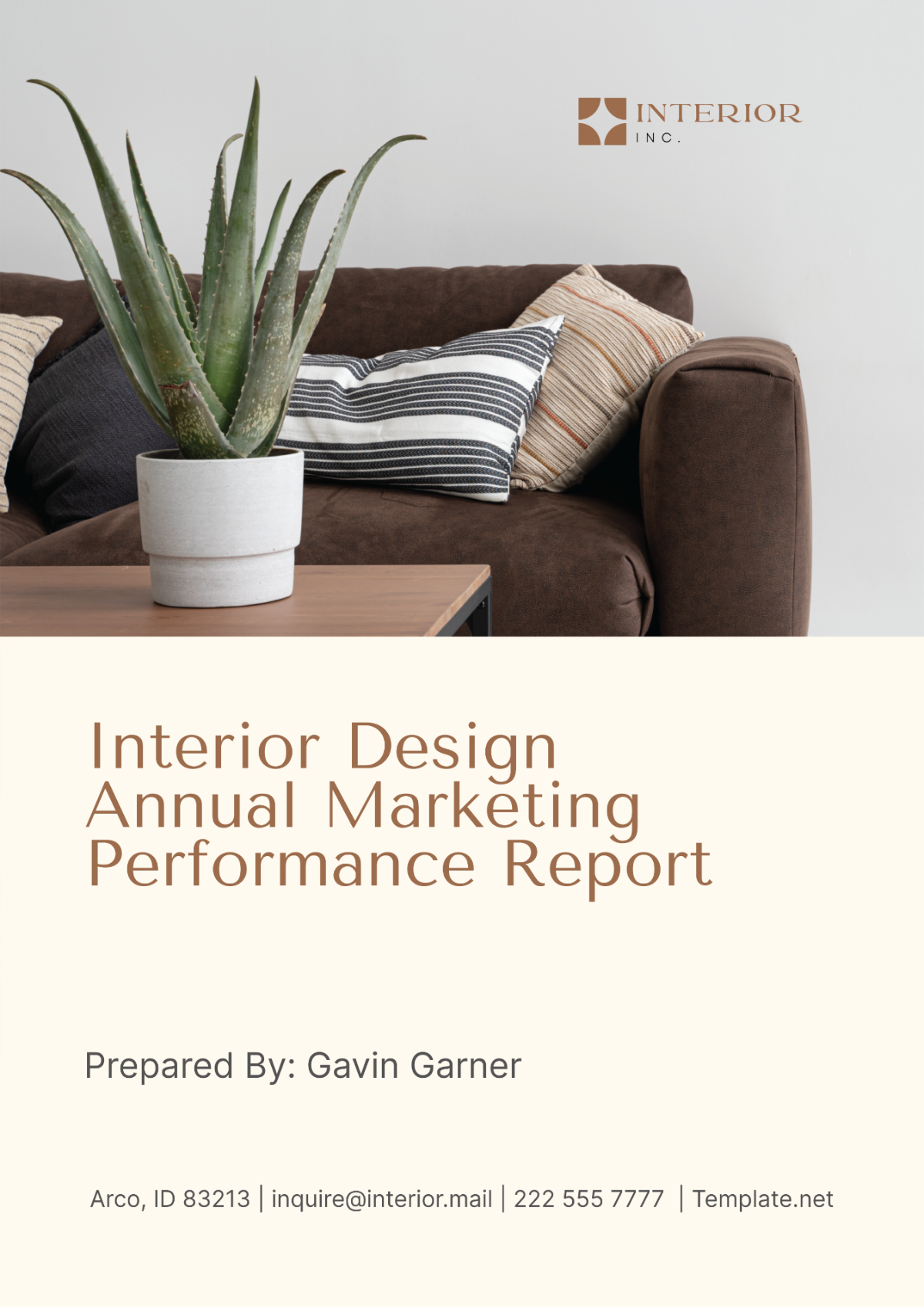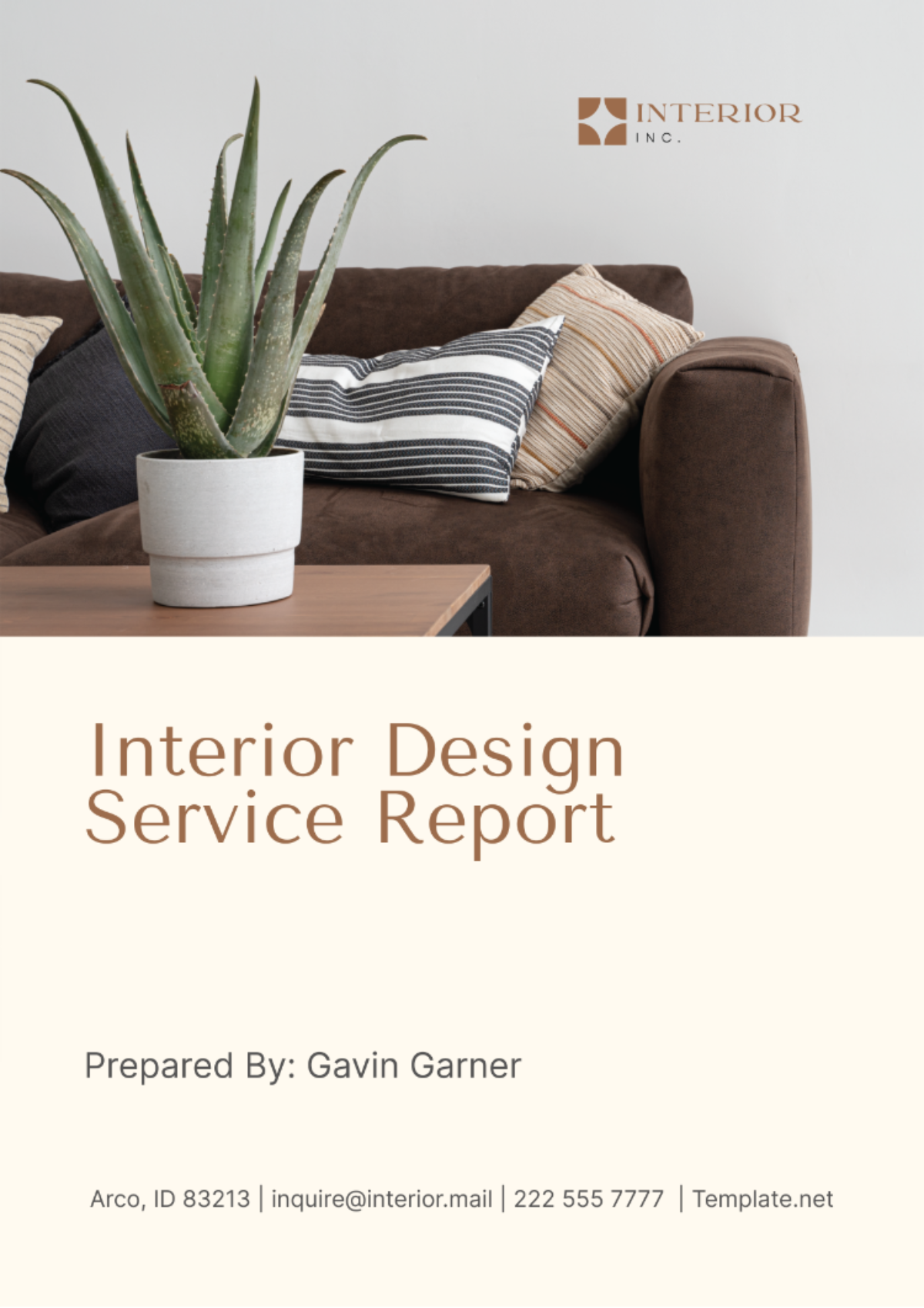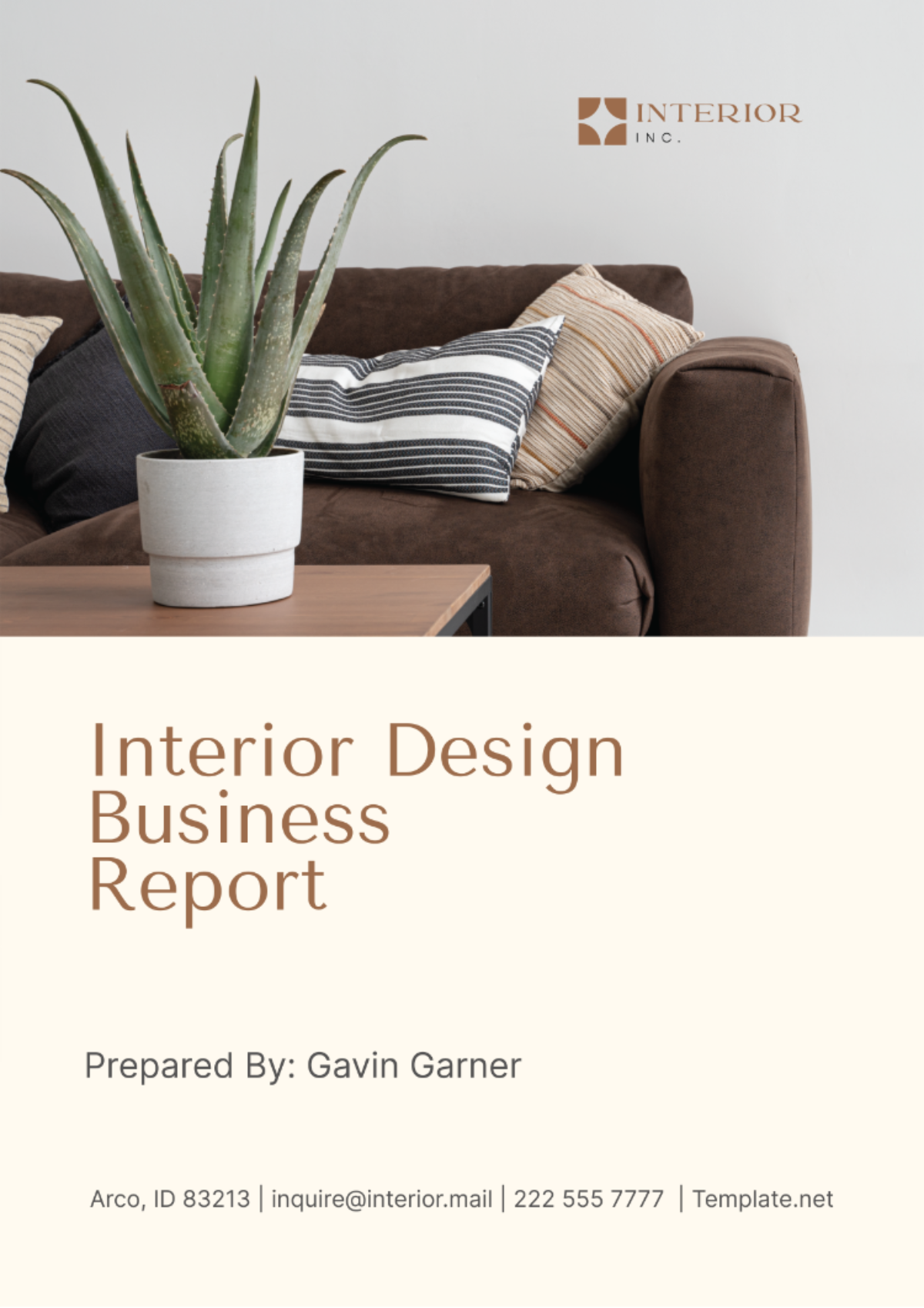Free Interior Design Daily Report
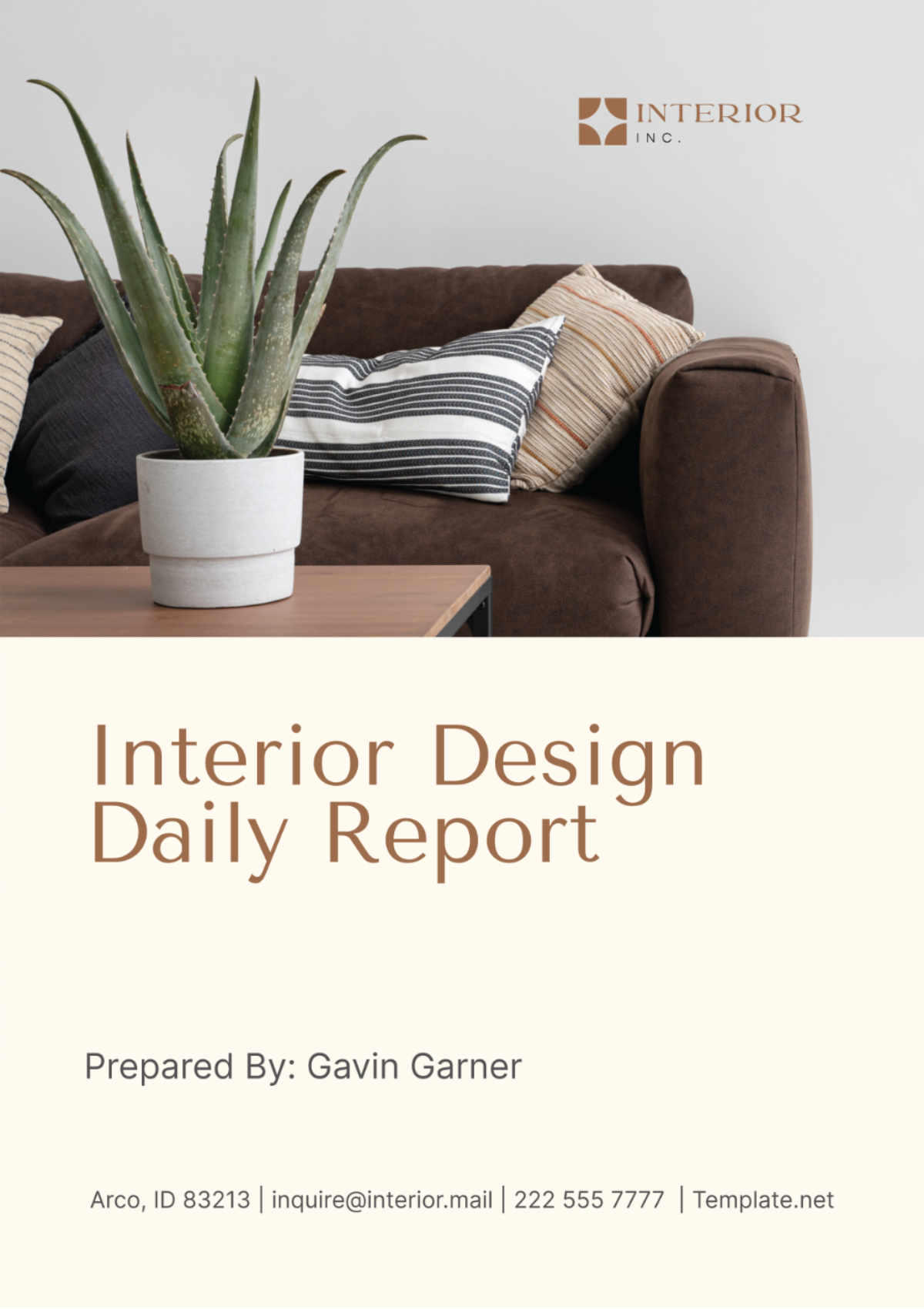
- 100% Customizable, free editor
- Access 1 Million+ Templates, photo’s & graphics
- Download or share as a template
- Click and replace photos, graphics, text, backgrounds
- Resize, crop, AI write & more
- Access advanced editor
Introducing the Interior Design Daily Report Template from Template.net. This editable and customizable template streamlines your project management process. With its intuitive AI editor tool, effortlessly document daily progress, key decisions, and upcoming tasks. Stay organized and informed with this comprehensive template, designed to elevate your interior design projects to new heights.
You may also like
- Sales Report
- Daily Report
- Project Report
- Business Report
- Weekly Report
- Incident Report
- Annual Report
- Report Layout
- Report Design
- Progress Report
- Marketing Report
- Company Report
- Monthly Report
- Audit Report
- Status Report
- School Report
- Reports Hr
- Management Report
- Project Status Report
- Handover Report
- Health And Safety Report
- Restaurant Report
- Construction Report
- Research Report
- Evaluation Report
- Investigation Report
- Employee Report
- Advertising Report
- Weekly Status Report
- Project Management Report
- Finance Report
- Service Report
- Technical Report
- Meeting Report
- Quarterly Report
- Inspection Report
- Medical Report
- Test Report
- Summary Report
- Inventory Report
- Valuation Report
- Operations Report
- Payroll Report
- Training Report
- Job Report
- Case Report
- Performance Report
- Board Report
- Internal Audit Report
- Student Report
- Monthly Management Report
- Small Business Report
- Accident Report
- Call Center Report
- Activity Report
- IT and Software Report
- Internship Report
- Visit Report
- Product Report
- Book Report
- Property Report
- Recruitment Report
- University Report
- Event Report
- SEO Report
- Conference Report
- Narrative Report
- Nursing Home Report
- Preschool Report
- Call Report
- Customer Report
- Employee Incident Report
- Accomplishment Report
- Social Media Report
- Work From Home Report
- Security Report
- Damage Report
- Quality Report
- Internal Report
- Nurse Report
- Real Estate Report
- Hotel Report
- Equipment Report
- Credit Report
- Field Report
- Non Profit Report
- Maintenance Report
- News Report
- Survey Report
- Executive Report
- Law Firm Report
- Advertising Agency Report
- Interior Design Report
- Travel Agency Report
- Stock Report
- Salon Report
- Bug Report
- Workplace Report
- Action Report
- Investor Report
- Cleaning Services Report
- Consulting Report
- Freelancer Report
- Site Visit Report
- Trip Report
- Classroom Observation Report
- Vehicle Report
- Final Report
- Software Report
Interior Design Daily Report
I. Date and Project Information
Today, on [Date], marks another pivotal day in the ongoing Riverside Residence Renovation project, situated in the picturesque locale of Riverside, California. As the project progresses through the Design Development phase, each day brings new challenges and opportunities for creative exploration. The project, spearheaded by our dedicated team of interior designers, aims to transform the client's vision into a reality, revitalizing their living space with modern aesthetics and functional design solutions. With meticulous attention to detail and a commitment to excellence, we navigate through the intricacies of the design process, ensuring that every decision aligns with the project's overarching goals and the client's aspirations for their home. As the project phase evolves, we remain steadfast in our dedication to delivering a transformative and inspiring living environment that exceeds expectations.
II. Summary of Activities
A. Overview of Tasks Completed Today
Today, the members of the design team dedicated their efforts to enhancing and refining the interior design concepts specifically for the Riverside Residence Renovation project. Their work primarily involved finalizing the spatial layout and selecting appropriate materials for essential areas within the residence, notably the kitchen and living room.
B. Milestones Achieved
The project has reached an important milestone with the team's successful acquisition of the client's approval concerning the preliminary direction of the design. This approval marks a vital progression in the overall timeline of the project, demonstrating significant progress and effective collaboration between the client and the team.
C. Key Decisions Made
The team participated in an extensive and deliberate process dedicated to making decisions about which materials to select. They took considerable care to make sure that the materials they chose were precisely in line with the distinct preferences that the client had expressed. Additionally, they ensured that their choices adhered closely to the broader goals that had been established for the project.
III. Work Accomplished
A. Design Tasks
1. Conceptualization
The design team engaged in a detailed brainstorming session where they explored a variety of design concepts. Throughout this process, they took into consideration several important factors including the functionality of the designs, the aesthetic appeal, and the feedback they had received from clients during previous meetings.
2. Space Planning
Detailed space planning was meticulously undertaken to ensure that the layout of each room was optimized for the best possible flow and functionality, with careful consideration given to the specific lifestyle needs and spatial requirements of the client.
3. Material Selection
Materials were meticulously selected to ensure that the desired appearance and tactile experience of each space were achieved, with a careful balance of considerations including durability, maintenance requirements, and aesthetic appeal.
Area | Material | Selection |
|---|---|---|
Kitchen |
|
|
Living Room |
|
|
4. Furniture Selection
The process of selecting the initial essential pieces of furniture involved meticulous consideration of several important factors. These included the individual style preferences of the occupants, the degree of comfort that each item offers, and the specific financial constraints determined by the available budget.
B. Client Meetings
1. Meeting with Mr. and Mrs. Johnson to Discuss Design Preferences
The main objective of the meeting was to gain an in-depth comprehension of the client's lifestyle, to carefully examine their preferences in design, and to determine their principal concerns and priorities regarding the renovation project.
2. Presentation of Design Concepts
The design team organized a presentation where they showcased three distinct design concepts to the clients. These concepts included various elements that were previously discussed and agreed upon during the last meeting. Following the presentation, the team actively sought feedback from the clients in order to refine and further improve the designs based on their suggestions and preferences.
IV. Issues and Challenges
A. Problems Encountered
Throughout the day, the team encountered several challenges that required swift resolution. One notable issue was a delay in the delivery of quartz countertops, which threatened to disrupt the project timeline. Additionally, technical glitches with design software caused intermittent workflow interruptions, necessitating immediate attention to prevent further setbacks.
B. Solutions Implemented
To address the supplier delay, urgent communication was initiated to expedite the delivery process and minimize the impact on project deadlines. Simultaneously, the team implemented temporary workarounds to mitigate the effects of software issues, such as utilizing alternative software solutions and enhancing backup protocols to safeguard project data. These proactive measures helped alleviate potential disruptions and maintain progress towards project milestones.
V. Communication
A. Meetings Attended
The day was marked by several crucial meetings aimed at fostering collaboration and ensuring alignment across project stakeholders. A site meeting with contractors provided an opportunity to review progress, address any on-site challenges, and reinforce project objectives. Additionally, an internal team meeting facilitated open communication, allowing team members to share updates, allocate tasks, and strategize collective efforts for the week ahead.
B. Correspondence
Effective communication was maintained through various channels, including email and phone calls, to keep stakeholders informed and engaged throughout the day. Email correspondence with suppliers helped confirm delivery schedules, resolve any outstanding issues, and coordinate procurement of materials. Furthermore, regular updates were provided to the client, ensuring transparency and accountability in project management.
VI. Next Steps
A. Tasks for Tomorrow
Moving forward, the agenda for tomorrow will focus primarily on completing the selection of materials for spaces that are considered secondary, such as the bathrooms and bedrooms. Alongside this, steps will be taken to begin coordination with subcontractors. This involves organizing and scheduling site visits which will allow the subcontractors to take necessary measurements and conduct assessments. These preparations are crucial as they ensure the smooth and efficient implementation of our design plans.
B. Upcoming Meetings
As the project progresses, several key meetings are scheduled to drive momentum and ensure alignment with project objectives. A design review meeting with the client will provide an opportunity to present finalized design concepts, address any remaining concerns, and obtain final approvals. Additionally, meetings will be scheduled with key suppliers to discuss delivery schedules, quality standards, and specific project requirements.
VII. Additional Notes
A. Any Other Relevant Information or Observations
Over the course of the day, it became apparent to the team that the client was showing a heightened level of interest in environmentally conscious, sustainable design practices. In response to this keen interest, the team has decided to delve deeper into the use of sustainable materials and explore eco-friendly design solutions in greater detail. These considerations will be factored into future design iterations to ensure alignment with both the client's increasingly eco-centric preferences and the prevailing trends within the industry.
B. Reminders or Follow-Up Actions
To ensure continued progress and momentum, follow-up actions include scheduling site visits with subcontractors, confirming delivery schedules with suppliers, and preparing presentation materials for upcoming client meetings. These proactive measures aim to maintain project momentum and deliver exceptional results that exceed client expectations.
